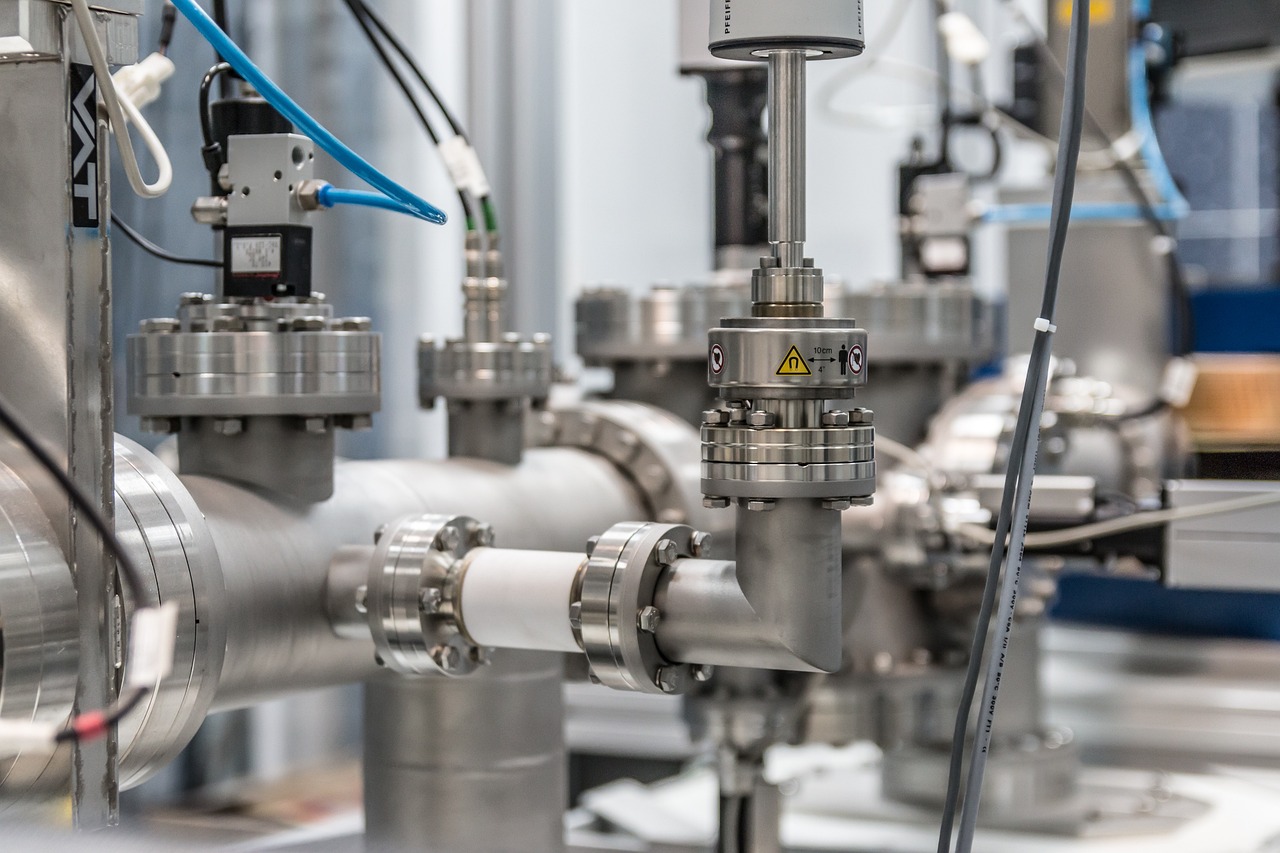
Boiler feed pumps are essential components utilized in various industrial sectors, playing a vital role in transferring liquids at high pressures, which is crucial for the efficient functioning of industrial systems.
Key Features and Benefits
High-Pressure Operation: These pumps are specifically designed to function under extremely high pressures, making them well-suited for applications in the energy sector.
High Performance and Efficiency: They ensure a consistent and uninterrupted flow of liquids, ensuring the productivity of manufacturing processes.
Reliability and Longevity: Particularly critical in situations where equipment failure can have severe consequences.
Diverse Design Options
Sectional Centrifugal Pumps: These pumps are distinguished by multiple impellers arranged in sequence on a single shaft, enabling the generation of high-pressure output. The pump body is composed of separate sections, each with its own impeller. They are available in both horizontal and vertical configurations.
Piston and Plunger Pumps: Best suited for achieving high pressure with precise control, especially when dealing with small liquid volumes.
Screw Pumps: Ideal for pumping viscous fluids, ensuring a smooth and consistent flow.
Diaphragm Pumps: Used for pumping chemically aggressive or contaminated liquids, as the liquid does not come into contact with the moving parts of the pump.
Gear Pumps: Employed for efficient pumping of viscous fluids through the interaction of two gears.
Boiler feed pump find applications in various sectors, including energy, the chemical industry, water treatment systems, and the food industry. Continuous advancements in technologies such as artificial intelligence open up new possibilities for optimizing the operations of boiler feed pumps, enhancing efficiency, and reducing operational costs.
Materials Utilized in Manufacturing Boiler Feed Pumps
Carbon Steel
Usage: Widely employed for pump casings and impellers.
Advantages: Offers good strength and high-pressure resistance.
- Limitations: Vulnerable to corrosion when exposed to specific types of liquids or aggressive environments.
Stainless Steel
Usage: Utilized in parts of the pump that come into contact with the liquid, particularly if the liquid is corrosive.
Advantages: High resistance to corrosion, strength, and durability.
- Note: Various types of stainless steel are available, each suitable for specific operating conditions.
Bronze and Brass
Usage: Often chosen for manufacturing impellers, especially in pumps used for seawater or corrosive environments.
- Advantages: Exhibits good corrosion resistance in seawater and other aggressive media.
Cast Iron
Usage: Cast iron can be used for pump casings in less aggressive conditions.
Advantages: Economical, with adequate strength and wear resistance.
- Limitations: Lower corrosion resistance compared to stainless steel.
Polymers and Composite Materials
Usage: Employed for seals, diaphragms, and other components requiring chemical resistance.
- Advantages: Corrosion resistance, chemical inertness, and lightweight properties.
Ceramics and Cermets
Usage: Applied in high-temperature and high-stress sections of pumps.
- Advantages: Exceptional wear resistance, corrosion resistance, and tolerance for high temperatures.
The selection of material for a boiler feed pump depends on several factors, including the nature of the liquid being pumped, operating conditions of the pump, and economic considerations. Manufacturers aim to optimize the combination of materials to achieve the highest levels of efficiency, longevity, and reliability in their pumps.
Źródło: Artykuł sponsorowany








Pompy